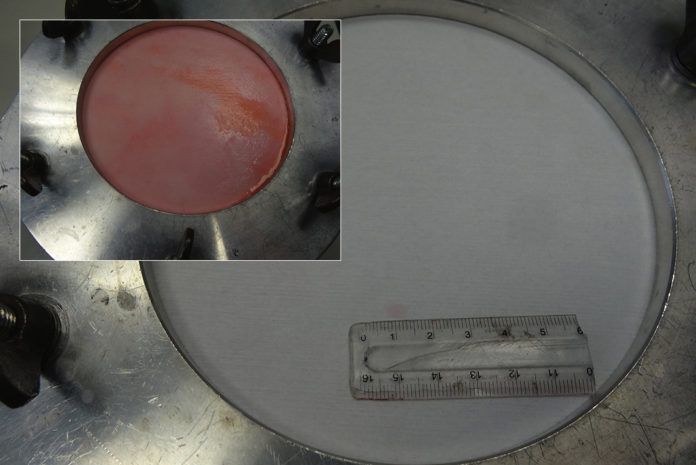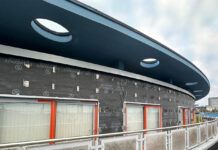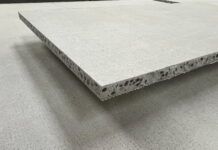Following on from the ‘revelatory’ results in the 2016 tests for watertightness in ‘real life’ roofs, a further 20% of roofs were opened with their membranes tested under the same independent criteria. All the results from these additional tests are said to have reinforced the initial conclusions: Tyvek gives lasting performance and peace of mind, where cheaper membranes fail.
Tyvek says that “the percentages speak for themselves”: 94% of roofs over 20 years old fitted with Tyvek “pass with flying colours”. Compare that with roofs less than 10 years old fitted with other underlays, where only 21% remain watertight.
Concerned by multiple reports of some alternative vapour-open underlays failing in their secondary water-shedding role, a couple of years ago Tyvek instigated a thorough investigation into ‘real world’ performance. These reports are said to have put the reputation of a whole class of roofing underlays at risk, and as industry codes have yet to catch up, Tyvek thought that it was right that it stepped up to investigate the issue.
Qualities such as long-term water hold-out – which affects the homeowner – can only be effectively assessed after exposure to natural environmental stresses, both during the build and when occupied. According to Tyvek, while ageing of underlays can positively affect vapour diffusion with increased porosity, this may adversely affect the water shedding function, should the primary covering fail. This occurrence is reportedly becoming more prevalent in today’s increasingly stormier weather. Ultimately, the primary quality in terms of membrane longevity is watertightness – an area which presents the most risk for property, insurance, and reputations.
All membrane samples were taken from the roofs and the tests were performed by an independent expert, using the EN13859-1&2 W1 classification system for watertightness. Each specimen was exposed to a 20cm water column for two hours to measure not only whether any leakage occurred, but how much, over what surface area and how quickly.
This established, in crucial and revealing detail, precisely how well each underlay withstood water after five to ten years in a roof, or, in the case of Tyvek, for more than 20 years.
Please visit the updated page about these ageing tests, which includes a short video, for a summary of the findings: http://tyvek.construction.dupont.com/rooftest




